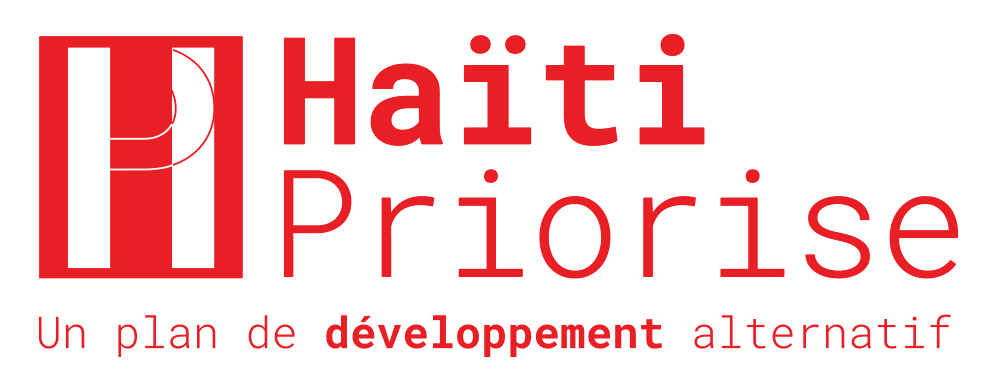Haïti Priorise: Agriculture R&D, Bairagi
Description of Problem
The main cereal crops that are grown in Haiti are maize, rice, and sorghum, which also make up the staple food. Currently these low-value crops are cultivated in approximately one-third of the total agricultural land or just over one-half of the country’s arable land. Current crop productivity of rice is among the lowest in Latin America. Yields of maize, rice, and sorghum have been declining since the 1990s.
There is a lack of quality seeds, a lack of an irrigation infrastructure, weak governmental extension services, a lack of access to credit, poor quality of soil and water, and natural disasters. And there have been no formal, ongoing investments in agricultural research and development (R&D) in Haiti. The government has set up research entities at different times, but many were unsuccessful and ceased operations.
From a nutritional standpoint, the cereal crops are very important, supplying around 37.5% of the population’s total calorific and intake. Rice alone supplies nearly one-fifth of the total energy, or protein, consumption. Food shortages are common. Average energy intake is around 511 kilocalories lower than the required level of 2500 kilocalories per day, and protein intake is nearly 7.3 grams lower than the required level of 56 grams per day.
Solution
- Agricultural Research and Development
An annual investment of $25.0 million to support the establishment of a research institution to help transfer cutting-edge agricultural technology to Haiti’s farmers, starting in 2020, reaching its maximum level in 2040.
Summary Table of the BCR
| Intervention | Benefits | Costs | Benefit for every gourde spent |
|---|---|---|---|
| Investment in Ag. R&D with 50% adoption | 33 billion gourdes ($487 million) | 29 billion gourdes ($418 million) | 1.1 |
| Investment in Ag. R&D with 60% adoption | 41 billion gourdes ($589 million) | 29 billion gourdes ($418 million) | 1.4 |
The benefits vary depending on the adoption level from farmers of the new technology. Experience has shown that the adoption of any new agricultural technology generally takes about 15-20 years to reach its maximum level, and the maximum adoption level ranges between 50% and 70%.
Benefits, Costs, and BCRs
Costs
The suggested spend is $25.50 million annually. This would be used for salaries, program operating costs, and capital investments. In addition, a one-time fixed set-up cost (i.e for building and materials) of around $5 million is assumed.
Benefits
The proposed center would facilitate the introduction of available cutting-edge agricultural technology, and would help disseminate this to local farmers. This investment would result in approximately 210%, 109%, and 104% increases in maize, paddy, and sorghum yields, respectively.
Keeping in mind that the delay between research and results is assumed to be four years, by 2040 rice production in Haiti could increase by approximately 55% to 66% compared to the baseline predictions. The production of maize could increase by about 10% to 12%, and sorghum could increase by 6% to 7%.
The increase in supply would push the market prices down, however the price effect is not significant, resulting in a decrease of less than 0.5%. Nevertheless, consumption of these commodities would increase following this small price decrease. This would mean that, on the whole, people in Haiti would be more food secure.
The aggregate productivity benefits of investments in agricultural research and development, in Haiti, could range between $66 million and $80 million by 2040 and $81-$98 million by 2050, depending on the adoption level.

